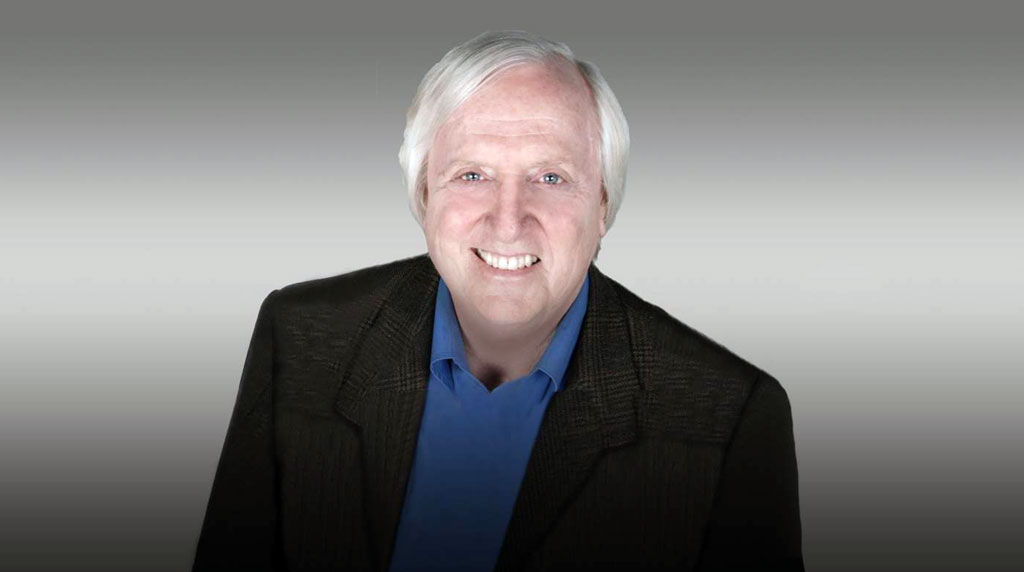Understanding the Luxury-Seeking Customer

The high-end customer segment is one of the fastest-growing components of today’s marketplace. According to a recent study by Technavio Research, the luxury goods market is predicted to grow $33 billion over the next five years. Even as the economy proclaims inflation, wealthy (and wannabe wealthy) consumers have shown little change in their preferences and purchases.
While there are a limited number of companies in the world that exclusively serve the luxury customer—Rolls Royce, Little Palm Island Resort, Burgess Yachts, more and more organizations have a portion of their customer base at the upper stratum of wealth. Additionally, many luxury aspiring customers are emulating the buying behaviors of the true luxury customer, extending the reach for potential attraction.
What principles guide the service experience of someone buying very expensive wine, vacationing at a posh hotel, or indulging in an upscale spa? How are true luxury customers chauffeured in a Rolls different from upscale customers who drive their own Lexus or Porsche? While all market features change over time and all generalizations are precarious, today’s high-end customers share certain characteristics. Here are six features luxury-seeking customers expect in their service experiences.
Unique. Luxury-seeking customers recognize they are different and search for service experiences that acknowledge that difference. This clearly does not imply arrogance or superiority. Affluent customers do not want the Windsor Court Hotel in New Orleans to be like the Hotel Cipriani in Venice even though the same company owns the hotels. Luxury customers seek stimulation, not standardization. They do not want to experience scripted encounters or be shoehorned into faux fancy.
Quality. Luxury-seeking customers count on quality throughout and most know it when they feel it. Cutting corners on perceived quality will likely net an overall mediocre experience. Egyptian 800 thread count sheets are as crucial to a luxury hotel as a 95+ house wine at a high-end restaurant. Enter the lobby of The Raffles Hotel in Singapore or board the Oriental Express train in Paris bound for Venice, and you know the milieu has been meticulously managed from the playbook of a palace butler.
Congruence. The choreography of a luxury experience must feel whole and intuitively harmonic to the wealthy customer. The desk where papers are signed in many Rolls-Royce dealerships is made of the same Malabar teak wood as the woodwork in the vehicle. The floral fragrance in the massage oil of The Spa at Cap Juluca Resort in Anguilla, BWI is also in the water of the private pool, and a sprig is placed in the guest’s locker so they literally “wear the special aroma.”
Experimental. Luxury-seeking customers are not dare devils but rather experiential treasure hunters. They rely on carefully monitored security and safety as an entrée to their adventure-seeking risk-taking. They thrive on unique experiences with a compelling story. Rare trumps well-trodden; memories are worth more than possessions. The Ultraviolent restaurant near Shanghai, for example, buses its high-paying guests to a secret location where they are treated to a multi-sensory, mind-blowing experience much like “Cirque du Soleil does restaurant.”
Genuine. Luxury-seeking customers value refined over flashy, authentic over pretentious, and personalized without being invasive. Err on the side of being genuine and respectful. Today’s customers seek meaning. “When luxury meets soul, human essence, and deep wisdom,” says Dr. Martina Olbert, founder of Meaning Global, “You get a recipe for something beautiful.” Maserati partnered with the Australian Chamber Orchestra with a hefty contribution that enabled car clients to sit in on rehearsals when international musicians visit to play.
Quiet. Luxury-seeking customers have an aversion to opulence and excess. Granted some wealthy wannabes think helicopters and champagne baths signal they have arrived. The true luxury-seeking customer prefers experiences unmarked by puffery and waste. Focus on the side of being understated. Quiet also means physically calm. The Las Brisas Hotel, a five-star hotel on the edge of Acapulco, uses manual hedge clippers and push mowers so guests never hear the unpleasant sounds of maintenance underway.
Wise organizations recognize that promoting “the best of everything” creates an opportunity to grow deep customer loyalty, not just a one-and-done experience for a thrill-seeking show-off. Imbedding into everyday service the features that attract the luxury-seeking customers can create a distinction that gets all customers talking.
Written by Dr. Chip R. Bell.
Have you read?
4 Strategies for Ramping Up Your Finance Digital Transformation Efforts by Chen Amit.
The No Hope Positivity Defined by Dr. Salla Vijay Kumar.
Can our negative emotions provide an inner superpower by Mark Berridge.
In 2022, What does it take to be a Morally Minded Leader by Frank C. Bucaro.
Add CEOWORLD magazine to your Google News feed.
Follow CEOWORLD magazine headlines on: Google News, LinkedIn, Twitter, and Facebook.
Copyright 2024 The CEOWORLD magazine. All rights reserved. This material (and any extract from it) must not be copied, redistributed or placed on any website, without CEOWORLD magazine' prior written consent. For media queries, please contact: info@ceoworld.biz








